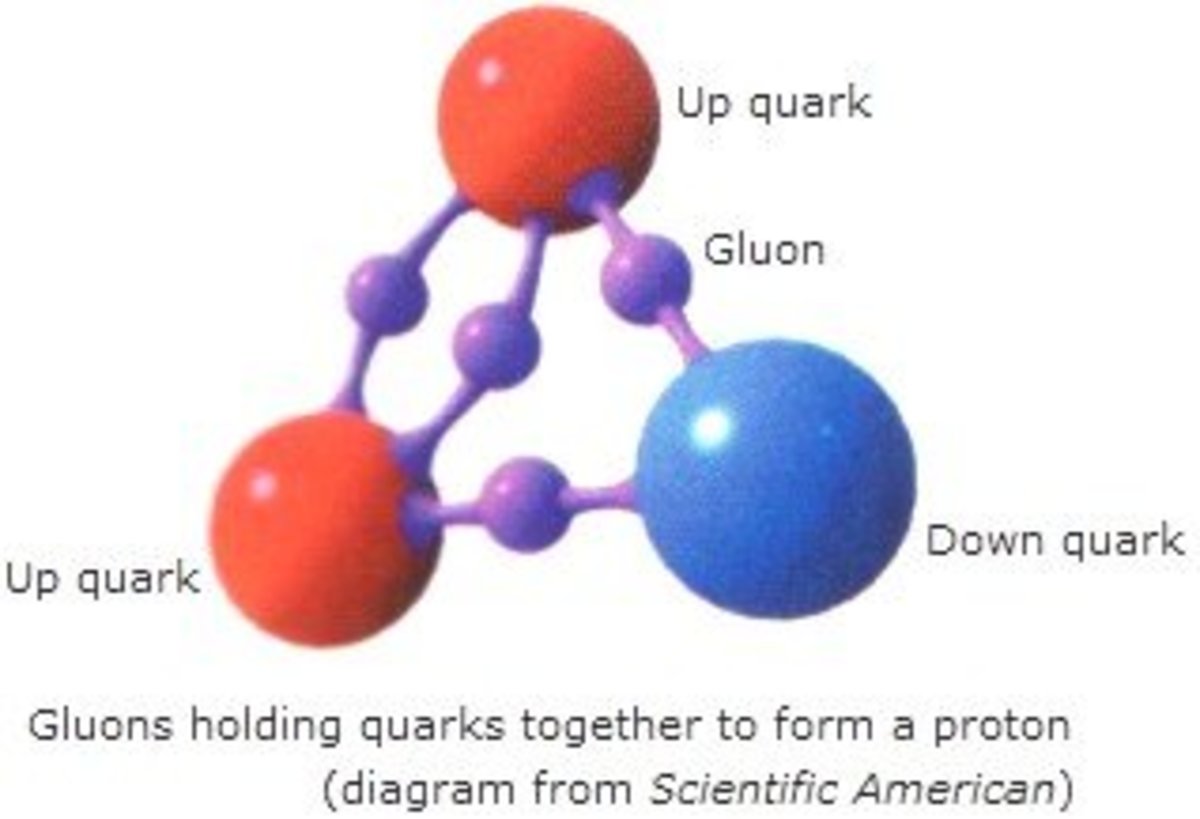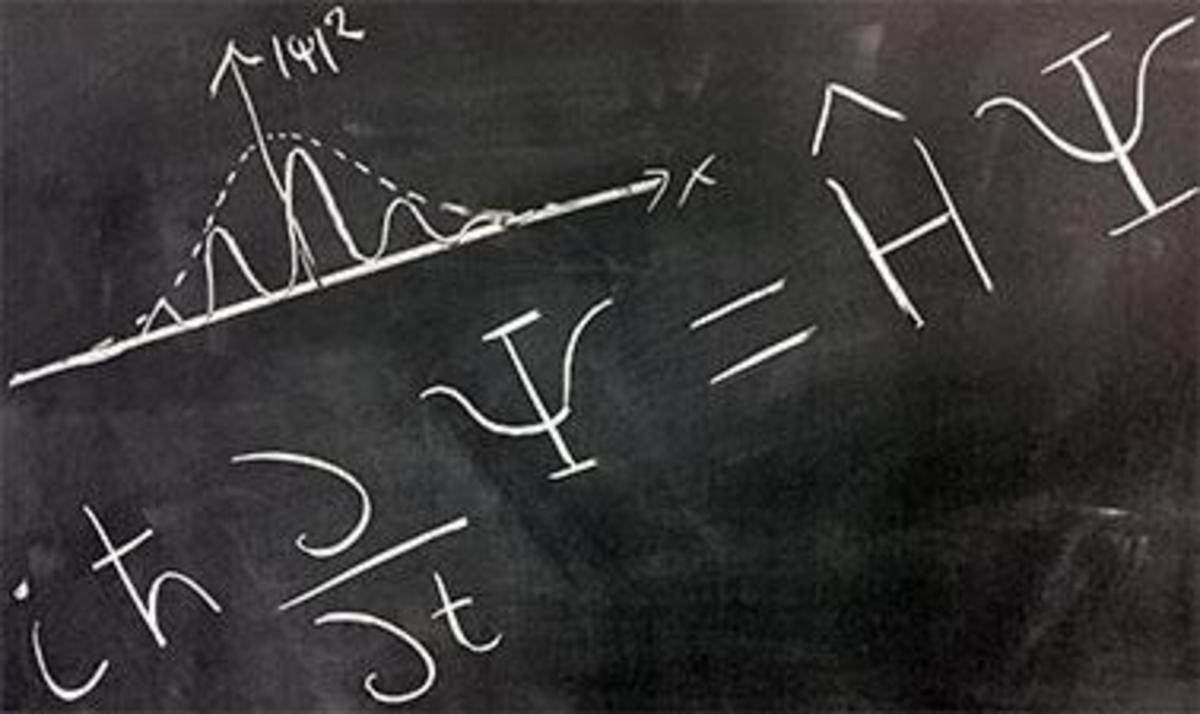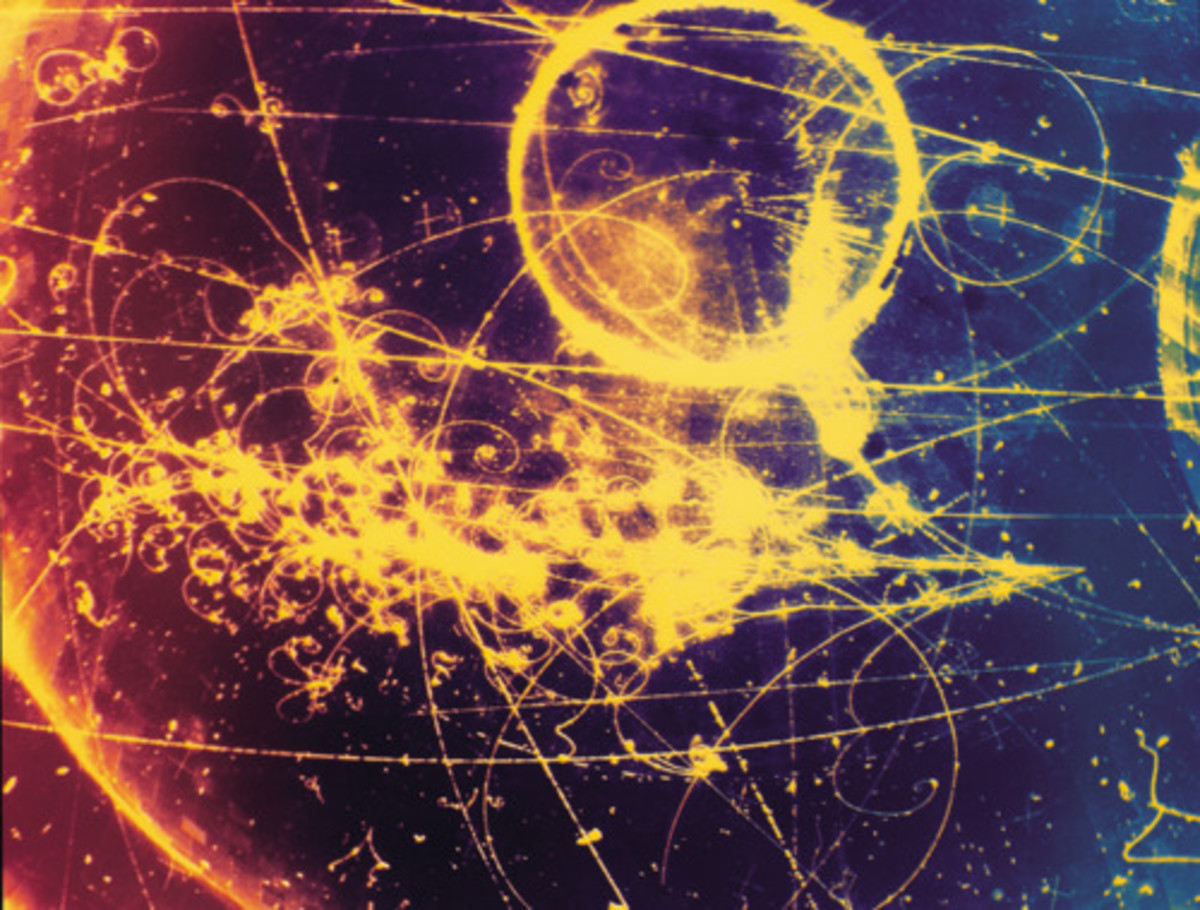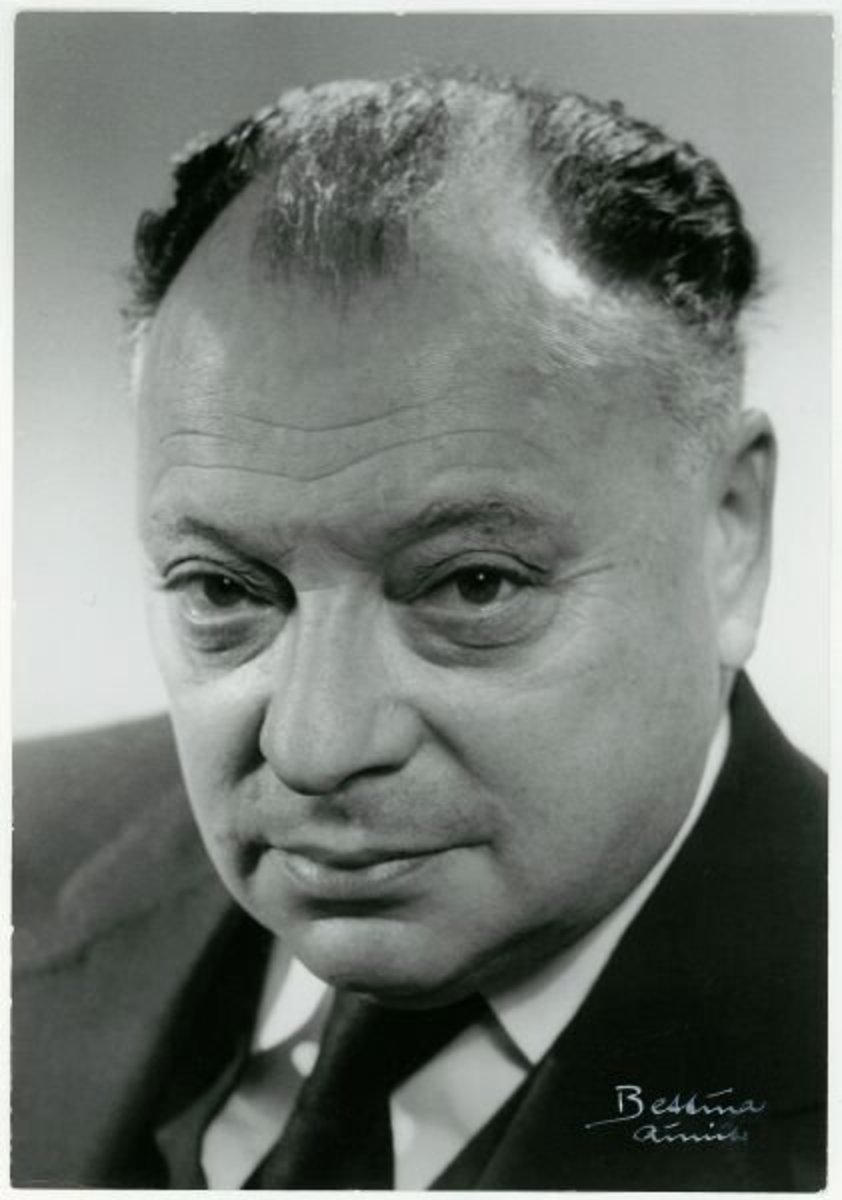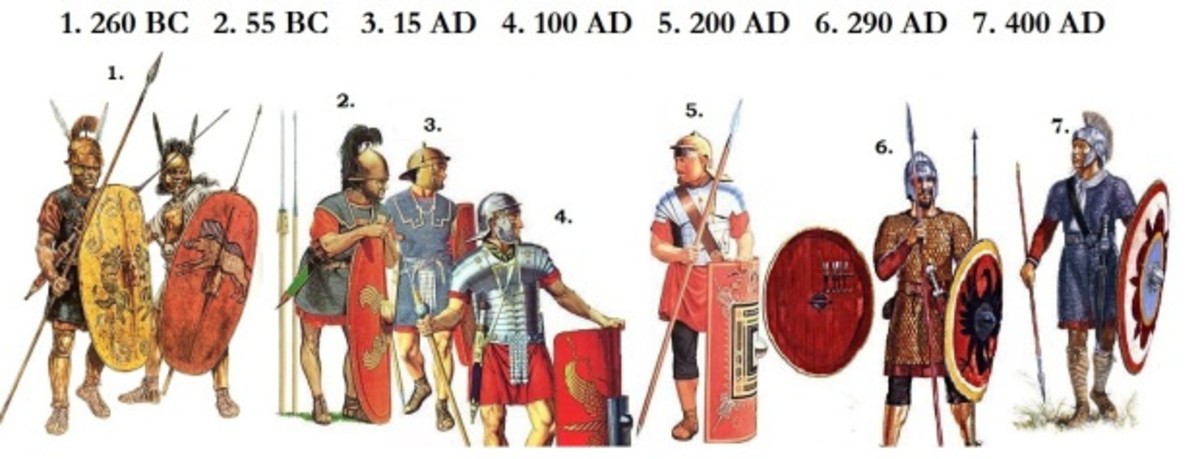Particle Physics Up Close and Tiny
Higgs Event
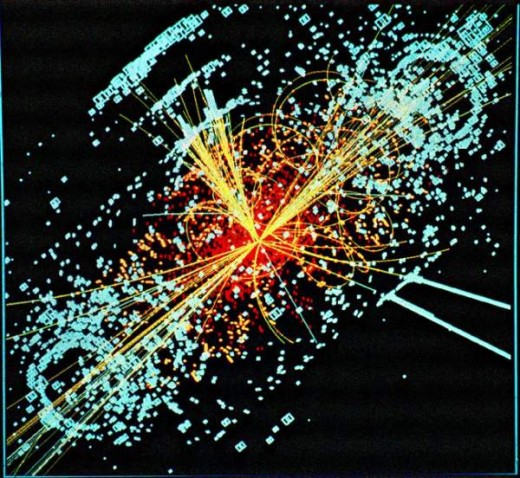
Practical Applications for Particle Physics
Outer space is host to numerous quantum effects that seem to create subatomic particles and antiparticles from nothingness. Once they appear, they cease to exist again in an instant.
There is a constant flux between matter and energy and back again throughout the Universe, or at least as far as we can see with our telescopes and space travel. Particle physics helps us to understand these processes in and out of matter and energy and what we may be able to accomplish with them.
Some view the flux between mater and energy in the particle phenomena observed as the answer to Renewable Energy in gargantuan quantities for transportation from local to intergallactic locales, food production, utilities, medical miracles, and many others.
Other people see it as a way to cross the barrier to the Speed of Light and possibly Time Travel. Particle physics may help us decide whether the Sci-Fi Transporter Effect can become a reality from an in-home to global range. Unfortunately, weapons development and technologies are also a possible result.
Some believe particles physics may lead ultimately to the discovery and travel through many dimensions of space-time (aside from the 4 dimensions were are sure about - 3 dimensional reality plus time) and even the discovery of what groups of people on Earth consider an afterlife to be existence in one of those dimensions - perhaps among other humanoids we world consider aliens. This includes a spiritual or supernatural aspect studied along with the rest of particle physics - and Astrobiology - by physicists such as author Paul Davies of Arizona State University and his large academic departments..
If any of these previously Sci-Fi notions become reality, then
- Long-distance space travel can be reduced in time,
- Time and history can be affected, and
- Massive amounts of energy can be harnessed to eliminate poverty on Earth,
- Shipping and travel times could be reduced through teleportation,
- Weather and climate might come under human control, and
- Additional business and medical implications may emerge.
- Particle physics helps examine and predict the effects and timing of The Big Bang and its theorized creation of our Universe. For instance, quark-gluon (two different particles) plasma is predicted by the Standard Model of particle physics, or Quantum Chromodynamics, to have been present immediately after the Big Bang - just tiny millionths of a second afterward. If the quark-gluon plasma is elsewhere in the universe, say near new stars, then it may mean new creations occurring. Science Fiction suggests that we move some humans to new planets to cure the ills of overpopulation on Earth. This may be a way of finding new worlds to inhabit.
- Whatever the uses of article physics, they translate into knowledge, understanding and unimaginable power (human power and the power of the energy to change matter and energy back and forth).
Physics Exploration
- The Particle Adventure
An interactive online tour in at least a DOZEN languages. - Paul Davies - Physicist and Astrobiologist
- Paul Davies: BEYOND Center
Future Particle Physics - Fermilab
From Fun to Fact
To be humorous, the 1960s Rocky and His Friends television show began to broach the concept of particle physics by including cartoonist Jay Ward's Peabody's Improbable History in many episodes of Moose and Squirrel; as Natasha used to say to Boris Badenov. Peabody, a genius dog with black horn rimmed glasses, took his human boy Sherman back through time in the Wayback Machine to look at history.
The ideas for Peabody originated with themes in the 1950s-60s The Magazine of Fantasy and Science Fiction stories. As we all know, science fiction often leads to science fact and comics and cartoons captures children's imaginations, teach them to read and can influence them to study science or any other discipline, including art.
Particle physics makes a time travel machine into an imagined possibility. If a particle of light could be transported (Star Trek® again) in a lab in the southwestern USA in 1996 and several photons transported in other labs, then perhaps we can do more.
Someday, perhaps we will actually break the barriers of 1) the speed of light, and 2) time. Particle physics helps us work on that. If we ever develop Warp Technology ala Star Trek®, that's one science that will help us to achieve it.
Peabody would say that particle physics is a term comprised of the words particle for particle and physics for physics. Funny in a foolish way, that's almost all we as the general public knew about it back in the New Dark Ages of the mid-20th century. The Double Helix of DNA was discovered in 1953, but Francis Crick';s book on the subject wasn't pulished until 1967! However, back in the 1950s, scientists had already discovered a massive amount of subatomic particles - about 100!
The Basic Five particles had been already known by 1940. Peabody was shown regularly from 1959 through the mid-1960s, switched networks and shows and then went to syndication in The Bullwinkle Show on Cartoon Network.
The general public can learn a lot from cartons, comic books, and Sci-Fi TV. Thank you, Jay Ward and Gene Roddenberry - along with the casts of all the Star Trek® iterations and other space age shows, you've led many youth into careers in science, mathematics, astronomy, physics, space exploration, biology, languages and linguistics, and medicine, along with dozens of others. You've convinced additional hundreds of people to become authors, artists, and musicians. Particle Physics is everywhere!
Matter, Anti-matter, and Shadow-matter
Definitions from my college science notes:
- Physics = The examination of matter, energy, force, and motion alone and in combinations and relationships. Divisions of physics include Mechanics, Electromagnetism, Optics, Thermodynamics, Quantum Mechanics, Relativity, and Nuclear Physics, along with research and emerging new divisions.
- Particle Physics = The specialty division of physics that examines the smallest constituents parts of matter and energy, and the interactions among them.
- Particle Accelerator = A machine used to speed up atoms and subatomic particles so that they may emit radiation and thus, to finally be seen.
- Physicist = A scientist that specializes in physics, and perhaps in one or two specialties within that science.
- Particle = A tiny piece, a tiny amount, a tiny unit of matter that incorporates a finite (limited) mass and a small size.
- Subatomic Particle= Part of an atom that is smaller than an atom (microscopic),
- AMU= Atomic Mass Unit. Also amu (lowercase). The mass of about one proton or neutron.
- Electron Volt= eV = A measure of energy.
- Direction of spin - The Big Five subatomic particles each spins either clockwise or counterclockwise on their axes, like planets in a solar system. An atom is like our own solar system, the electrons being the planets, with the protons and neutrons usually (not always) both in the center. However, the particles at the center of the tiny solar system do not give off light or energy.
Big Five subatomic particles discovered by 1940, with information added after 1950:
- Protons - One unit of positive electric charge and 2,000 times the mass of an electron.
- Neutrons - No charge, just mass.
- Electrons - One unit of negative electric charge and 1/2000 the mass of a proton [Note: moving electrons make electricity]. They are very light and move fast.
- Neutrinos - Wolfgang Pauli (1900-1958) visualized them in about 1931, but they were discovered in 1956 by Frederick Reines and Clyde Cowan near nuclear reactors of the Savannah River Reactor. Two other types of neutrinos were discovered by 200, for a total of three.
- Positrons - Exact opposite of an electron. Positrons each have no mass, but one unit of positive charge. The positron was the first antiparticle discovered - "anti" because it is the exact opposite of an electron.
In the 21st century, we know that particle physics is the study of dozens of the most minutely small substances in the world - the tiny constituent parts that make up atoms - subatomic particles. There are many more than just five of them, so how were they discovered?
Particle Accelerators, Fission, and Fusion.
Atomic bombs were created through scientific endeavors in the 1940s by international peoples that had fled to the USA out of fear of Nazi fascism. The team included German and other European Scientists as well as others in The Manhattan Project that produced the Atom Bomb. Fission and Fusion techniques were studied for bomb creation and particle accelerators were eventually developed to produce subatomic particles via their emitted radiation/ energy.
However, only the United States of America has dropped them purposely on people. Hydrogen bombs were dropped on Hiroshima and Nagasaki during World War II. From the science that offered that tragedy, we began to learn how to discover the rest of the subatomic particles and theorize about an equally large additional number.
Some Additional Particles Discovered by 1950
- Quark - In Quark Theory, one of two basic particles. There are 6 types called: up, down, charm, strange, truth), and beauty. Some people have other names for them. A proton = two up-quarks + one down-quark. A neutron = one up-quark + two down-quarks.
- Lepton - In Quark Theory, one of two basic particles. There are also 6 types.
- Photon - A "carrier" particle that has absolutely "0" mass, but carries a force with it. That force is electromagnetic energy.
- W+, W-, and Z0 bosons - Particles that carry force and that can be seen only in the presence of radioactive decay of certain elements. During the decay, the particles are emitted or thrown off. Discovered in the 1980s.
- Gluon - Particle that carries strong force and is the adhesive (glue) for protons and neutrons in a nucleus of an atom.
- Graviton - Particle that carries a strong force of gravity.
One Hundred Subatomic Particles were far too many to consider in the minds of two physicists - an American and a Swiss. These were Murray Gell-Mann and George Zweig. They did not work together, but each physicist came to the conclusion that the 100 particles were largely all combinations of other particles.
ANOTHER 100 PARTICLES?
"Supersymmetric particles"is a concept that goes beyond the development of the theory of anti-matter (antiparticles) to combine quantum mechanics and Einstein's theory of general relativity (gravity). This new combination results in a theoretical doubling of the number of subatomic particles already recognized. It creates another set of partners for particles that are not anti-matter, but a type of shadow-matter. Thus, matter becomes more complex in this theory.
If this complexity exists, then particle physics may enter further into a Theory of Everything that scientists have been seeking in order to totally explain life, the universe, and everything. CERN and Fermilab are working on the case.
A wide range of possible applications for enhancing the quality of life for people everywhere may exist in the field of Particle Physics and the technologies it may produce in the furture.
4-Dinensional Cube
Particle Physics in Layman's Terms
Bill Bryson studied the works of many researchers and professionals and looked at the Universe as Big Bang, geology, chemistry, ancient history, astronomy, archeology, particle physics and others.
The Bryson book is understandable to the general public and entertaining as well. It is one of the best books on understanding as much as is possible to know about "it all."
Particle Physics in Layman's Terms
- Lost in the cosmos: How to build a universe
- Welcome to the solar system
- Reverend Evans's universe -- Size of the earth: Measure of things
- Stone-breakers
- Science red in tooth and claw
- Elemental matters -- New age dawns: Einstein's universe
- Mighty atom
- Getting the lead out
- Muster Mark's quarks
- Earth moves -- Dangerous planet: Bang!
- Fire below; Dangerous beauty -- Life itself: Lonely planet;
- Into the troposphere
- Bounding main
- Rise of life
- Small world
- Life goes on
- Good-bye to all that
- Richness of being
- Cells
- Darwin's singular notion
- The stuff of life -- Road to us
- Ice time
- Mysterious biped
- Restless ape
- Good-bye
Particle Physics Research at the University of Warwick
© 2008 Patty Inglish MS



